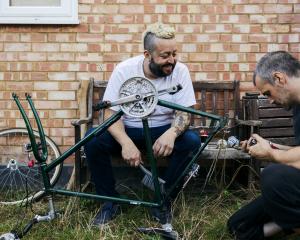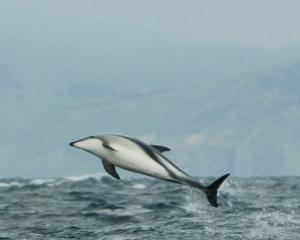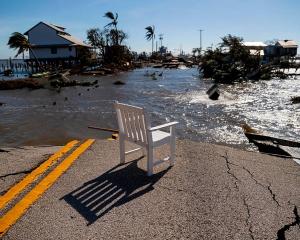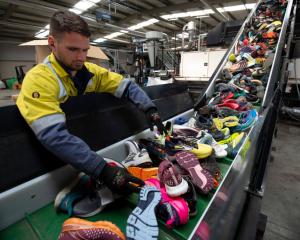
It’s that time of year when I am writing the final lecture for my organisations and sustainability class, which is on exam prep. The exam question requires students to create a narrative scenario of a plausible future, says Sara Walton.

This also is a key skill for business leaders - in a complex, turbulent business environment, thinking about plausible future scenarios helps sensitise thinking and build resilience.
We can see this thinking in some iwi and hapu planning. For example, in 2000, the people of Aohanga Inc developed a 100-year business plan; also in 2000, Ngai Tahu developed a 25-year strategy to 2025.
Wakatu Corporation has set out Te Pae Tawhiti, its intergenerational vision for 500 years to 2512, placing value on future generations’ needs and aspirations in the activities of today.
Future thinking uses a combination of trends, projections of those trends and disruptions to develop a picture of what future worlds might look like.
Indeed, strategic management and decision-making researcher Prof Paul Schoemaker says ‘‘managers who expand their imagination to see a wider range of possible futures will be much better positioned to take advantage of the unexpected opportunities that will come along’’.
It posits that being sensitised to possible and even seemingly impossible futures will enable managers/people to be better prepared for a wide variety of challenges and opportunities.
Climate change and creating a sustainable business require complex interdisciplinary future thinking.
Creating sustainable futures requires thinking about the key changes we will see.
They might include an ageing population and other demographic changes; technology changes - big data and AI for example; renewable energy; transport and mobility changes; impacts from climate change; net zero carbon emissions; increasing wellbeing; resource scarcity; and new business models.
It is the combination of these factors that creates the complexity of our future and why we need to be planning now for a future that grows wellbeing for all, including nature.
Sustainable futures are also about those key disruptions that will radically and quickly shift the ways that we do things. That could be policy, innovation and technology that differ dramatically from what we know and create a new way of operating.
Other disruptions can be occurrences such as the pandemic - something that happens without warning and very quickly shifts thinking, ways of operating and lives.
These disruptions require that we adapt and shift our thinking in such a way that we do not return to where we were before. We adapt and learn and therefore are forever different. These events are hard to predict and understand but nevertheless need to be considered so they can be part of conversations about plausible futures.
My students will be writing their versions of plausible futures underpinned by an understanding of sustainable transitions and climate change impacts. I am in a privileged position to be able to read their thoughts on the future and what they see as a plausible sustainable future.
We all need to take the time to forecast and consider the future beyond a usual three- to five-year time horizon and then use that future thinking in current planning. This is essential for building the resilience that we are going to need to deal with climate change and other disruptions coming our way.
- Sara Walton is an associate professor at the Otago Business School, University of Otago, and member of He Kaupapa Hononga. Each week in this column, one of a panel of writers addresses issues of sustainability.












